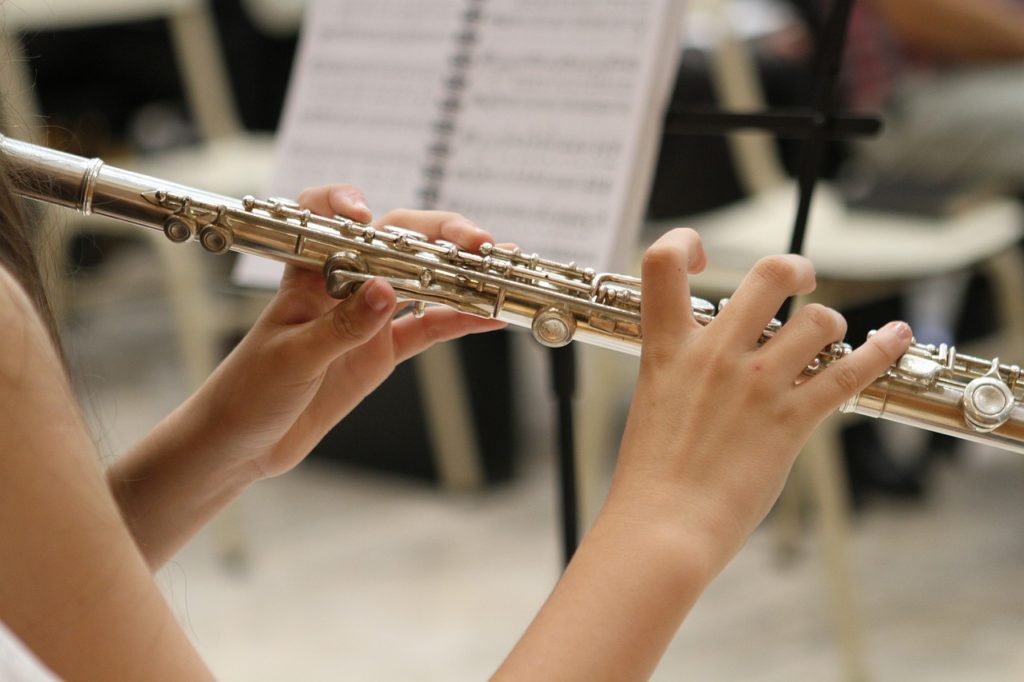After they can sight-read what’s left for musicians to learn? You can work on interpretation and performance practice skills.
A score is to music as a blueprint is to a house. In other words, the blueprint represents the idea of what the house will become, but you don’t have a house yet. Likewise, the score doesn’t become music until someone imagines or performs it.
- Interpretation uses imagination exercises to help you shape the mood of the piece. When interpreting a score, consider the tempo, dynamics, articulations, etc.
- Performance practice deals with the unwritten musical elements that you add to a performance. For example, in historical performance practice you might include ornaments to decorate a melody in a baroque composition.


